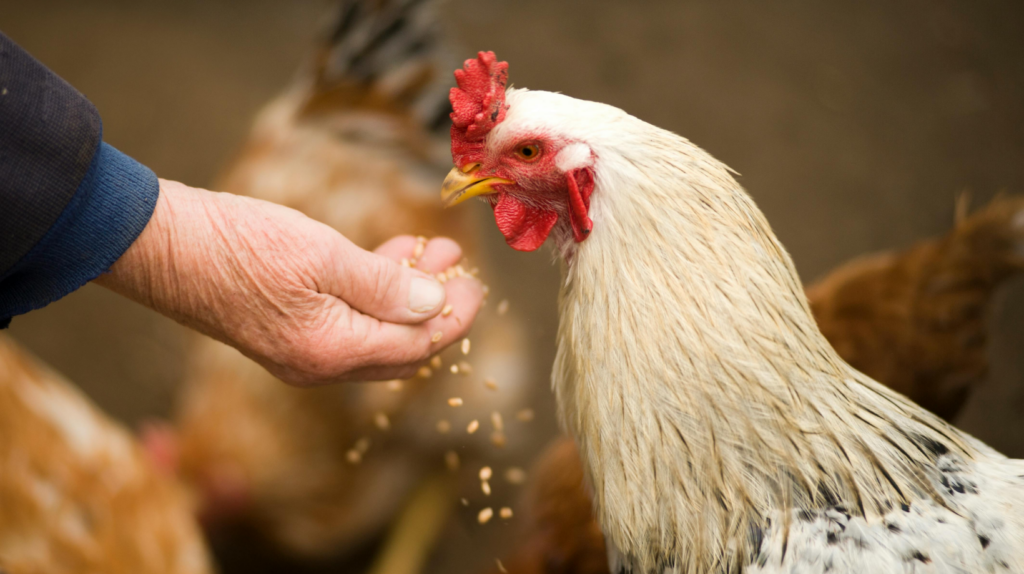In recent years, the spotlight on healthy eating and sustainable living has brought organic chicken to the forefront of culinary conversations. As consumers become more conscious of what they put on their plates, the demand for organically raised poultry has soared. Organic chicken, known for being raised without antibiotics or synthetic hormones, offers a cleaner, more natural option for meat lovers.
Understanding organic chicken involves recognizing the stringent standards these farms must adhere to to ensure their poultry bears the organic label. Organic chickens are raised in conditions that mimic their natural behaviors, including access to the outdoors, which allows them to roam, forage, and exhibit other natural behaviors. They are fed an organic diet, free from genetically modified organisms (GMOs), synthetic fertilizers, and pesticides. Importantly, these chickens never receive antibiotics or synthetic hormones, differentiating them significantly from conventionally raised counterparts. The organic certification process is rigorous, with farms undergoing regular inspections to verify their adherence to organic farming practices. This certification assures consumers that the chicken they’re buying meets specific health and environment-focused criteria, reinforcing the connection between the previous emphasis on healthy eating, sustainable living, and the organic choice.
Health Benefits of Eating Organic Chicken
Following the strict standards of organic farming, organic chicken offers significant health benefits. Primarily, the absence of antibiotics and synthetic hormones in organic chicken reduces humans’ exposure to potential allergens and resistance to antibiotics. Consumers who opt for organic chicken consume meat with a better fatty acid profile, including higher omega-3 levels, essential for heart health and cognitive function. Moreover, organic chickens are fed an organic diet, ensuring that the meat is free from genetically modified organisms (GMOs) and pesticides, which can carry health risks.
How to Choose and Buy Organic Chicken
Choosing and buying organic chicken involves looking for specific certifications and understanding labeling. First, always ensure the chicken is labeled as “USDA Organic.” This seal indicates adherence to national organic standards including feed, health care, and farming practices. Second, focus on labels that specify “no antibiotics” and “no added hormones,” as these are crucial in organic poultry farming. It’s also beneficial to look for additional claims like “pasture-raised” or “free-range,” which suggest higher welfare standards for the chickens.
When purchasing, consider buying from local farms or butchers if possible, as this often guarantees fresher produce and supports local agriculture. Checking the “packaged on” or “sell by” dates ensures the chicken is fresh.
Cooking With Organic Chicken
Cooking with organic chicken enriches meals, reflecting a commitment to health and sustainability. Organic chicken’s better flavor profile and nutritional value make it a superior choice for various recipes. From grilling and roasting to slow-cooking, organic chicken adapts beautifully to different cooking methods. For optimal taste and health benefits, marinating organic chicken in natural herbs and spices enhances its flavor without the need for artificial additives. Ensuring the chicken reaches an internal temperature of 165°F guarantees safety and preserves moisture. Incorporating organic chicken into dishes not only elevates the dining experience but also aligns with conscientious dietary choices.
The Cost of Organic Chicken
Opting for organic chicken isn’t just a choice for healthier eating; it’s a step towards a more sustainable and ethical lifestyle. With its superior flavor and nutritional benefits, it’s clear why many are making the switch. By prioritizing animal welfare and environmental health, consumers can enjoy delicious meals without compromise. Remember, the key to maximizing these benefits lies in selecting certified organic products and supporting local producers whenever possible. As the demand for organic chicken continues to grow, it’s evident that this choice is more than a trend—it’s a conscious decision for a better future.

